Uganda Tourism: Explore the Pearl of Africa in 2 Weeks
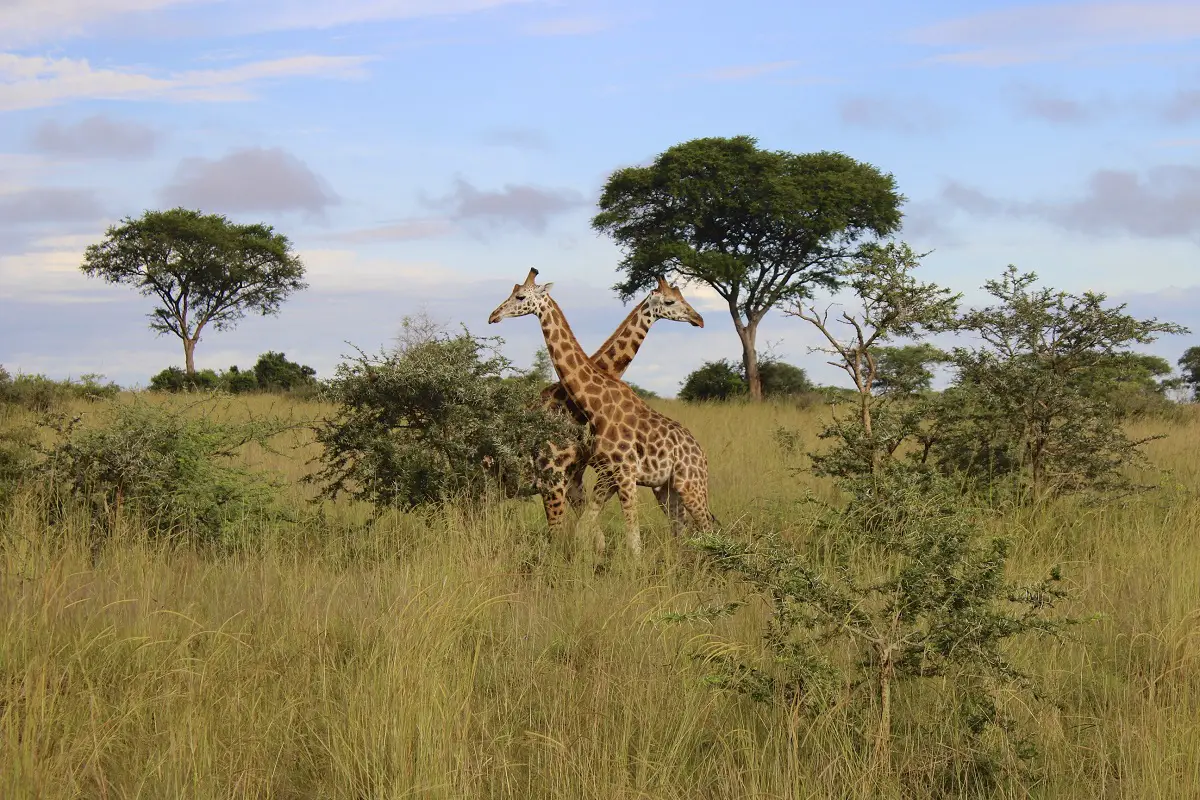
Introduction
As Winston Churchill famously said, Uganda is the “Pearl of Africa“! Located in East Africa, in the Great Lakes region, Uganda is a landlocked country that offers outstanding natural scenery, amazing biodiversity, and a great mix of cultures. From an ecological standpoint, Uganda is where the East African savannah meets the West African jungle.
Even though the poverty level is still very high, Uganda is today stable and benefits from promising economic growth. The country has undergone a radical transformation since the infamous period when Idi Amin imposed a bloody dictatorship (remember “The Last King of Scotland”?) and experiences now an interesting development, despite recent political scandals regarding constitutional changes, press freedom, and LGBT rights.
This 2-week trip was made in October/November 2014 and covers essential tourist locations such as Murchison Falls National Park and Jinja Uganda, as well as less-visited areas. In terms of a guidebook, I strongly recommend the Bradt Uganda, which is widely considered the best one available for Uganda, and definitely a better source of information than the Lonely Planet which covers East Africa as a whole.
Maps
Days 1-2: Kampala
Landing in Entebbe
Most of Uganda’s tourism itineraries start in Kampala, the capital city of Uganda, and this one is no exception! Landing at 11 PM in Entebbe, where the principal international airport of Uganda is located around 40km away from Kampala, I first handled the immigration formalities for my VISA. It costs $ 50 and you must have this amount ready in US Dollars – banknotes and/or coins. Note that your passport needs to be valid more than 6 months after the end of your trip. Also, it is possible that officials ask for an international health certificate showing you’ve had a yellow fever shot (see the note on health at the bottom of this page).
Going from Entebbe to Kampala, the easiest solution is to take a special hire (= taxi, see note on transportation at the bottom of this page) – approx. 1hr30mins, UGX 80,000 / € 23,5). I had my own arrangements in Kampala, but I know a lot of people like to stay at the Red Chilli Hideaway which provides great services for a moderate price. Also, the swimming pool is great!
Exploring Kampala
I woke up early for my first full day in Kampala and went to the newly opened Village Mall (near Spring Road) to get breakfast. The Brood bakery had been warmly recommended to me (located just at the entrance of the mall) and I must say I wasn’t disappointed. Great coffee, delicious pastries, and warm bread are all served by a friendly staff.
After having exchanged my Euros against Ugandan Shillings in the mall, I went to the Railway Station to visit the Kampala Contemporary Art Festival (Oct. 2014). This festival presents the work of artists from the East Africa region: you find great pieces of art by Ethiopian, Congolese and Ugandan artists. Entrance is free & guiding services are excellent. You can find paintings, photographs, short movies, and more conceptual works.
My next step was to visit the Gaddafi National Mosque. I took a boda-boda (small moto-taxi) to get there (approx. UGX 3000 / € 1). The mosque entrance fee is UGX 10,000 / € 3. After removing our shoes we entered the imposing building and had a pleasant visit, led by a knowledgeable & very nice guide. He sang and prayed to show us the sound movements and echoes. We then went up to the top of the minaret to enjoy an impressive 360-degree view of Kampala.
I ended up my day visiting the Makerere University campus. Founded in 1922, the university enjoys a first-class reputation in East Africa. The university is located on Nakasero hill and the campus is really massive. Walking there is really pleasant, especially to look at the old buildings (20th-century British architecture) and some promising pieces of art in the Makerere Art Gallery.
Day 3: From Kampala to Kabale and Lake Bunyonyi – Itambira Island, Uganda
Going to Lake Bunyonyi
My first destination outside Kampala was Lake Bunyonyi (literally the “Place of many little birds”) in the south of the country, which boasts a very good reputation among nature lovers. I took a bus (Bismarkan Coaches) at 8:30 AM from the Kampala bus station to Kabale. The cost is around UGX 30000 / € 9 for this 7 to 8-hour journey. I reached Kabale at 4 pm and then took a shared taxi to Rutina, which is located 10 km away from Kabale on the shores of Lake Bunyonyi. The next step was .. paddling! Indeed to reach the Itambira island where my hostel, Byoona Amagara, was located, I took a canoe from Rutinda to the island. The canoe journey takes around 45 minutes and there is no cost if you use Byoona Amagara canoes (arranged by the hostel). The landscapes are truly amazing, especially at this time of the day when the colors are really nice. The end of the journey was a bit more complicated as a thunderstorm started not so far away, we even had to stop on a tiny island as the wind and the waves became too strong. We finally made it safely (but drenched!) to the Byoona Amagara’s pier.
Reaching the backpacking paradise
The Byoona Amagara hostel is a true backpacking paradise! The main reception and dining area boast a ridiculously splendid view over the lake and other islands. If you want to make the most of the experience, you can stay in geodomes. Those are 1, 2, or 3-people domes with a large terrace and without a front wall so you can enjoy the view. The roof covers well the habitation and the mosquito net is included. This makes the perfect sleeping location for couples, nature, and bird-lovers, as well as anyone willing to wake up in front of a magnificent landscape (expect to pay around UGX 80,000 / € 24 per night for two people, a bit less if you’re alone). You can also stay in dorms or set up your tent for a few euros. The food & drinks menu is quite comprehensive and the overall quality is really good. Try to order at least 45 minutes in advance as service can be long, especially in high season. The swimming pear is nicely arranged and sunbathing chairs are available. Access to the water is easy & safe, as is swimming (no bilharzia, no crocodile, only freshwater!).
Day 4: Lake Bunyonyi – Itambira Island
Waking up in paradise
Waking up on Itambira island feels a bit like paradise. Birds singing and vivid sunlight are both very helpful to get you out of your dreams! I ordered the Itambiran crepes for breakfast (composed of local fruits and cinnamon) while enjoying the marvelous view over the lake.
Swimming in the Lake Bunyonyi (crocodile free & bilharzia free) is very pleasant and very safe as said previously, but be careful not to overthink your swimming skills as the distance between islands can be significant and altitude lowers your stamina.
Hiking around Lake Bunyonyi
I then took a tour of the Itambira island (do not require specific hiking skills) that takes around 1 hour or a bit more, if you accept the (not insistent) requests from locals to make you visit craft workshops or from fishermen willing to show you their nets and techniques (also, fish degustation can be safely accepted). You can take outstanding pictures from the top of the island, which culminates at around 1,950 m. Another thunderstorm came shortly after I made it back to the hostel. This was quite impressive and produced a dramatic sky with darkish colors, but also spots of light on the nearby hills. I used this time to start reading the book “True at First Light” by Ernest Hemingway, which is available in the (free) library of the hostel. Oh, and yes, they also have a mini cinema set up… The backpacker paradise as I said 🙂
I enjoyed a great crayfish dish for dinner (UGX 12,500 / € 4) and spent my second night in the Byoona Amagara hostel.
Day 5: Journey From Kabale to Kisoro
Going back to Kabale
Leaving Itambira island at 7:30 AM, I used once again the canoe service of the hotel, with a backpacker from Austria, to go back to Rutinda and then Kabale. The canoe journey was really nice as the lake was full of boats coming from all the islands and going to the market in Rutinda. The market is on Monday and Thursday, and it’s really interesting to see: lots of colors, smells, discussions .. and bargaining. Our paths diverged at this point and I took a boda-boda to go from Rutinda to Kabale. The road is not paved so you can expect a bumpy journey but the scenery is awesome.
When arriving in Kabale I went to the Amagara Cafe, which is supposed to offer the best value for a small-medium budget. The meal was good but don’t expect the same quality as its sister hostel, Byoona Amagara hostel on the Itambira island. Going to Kisoro was my goal of the day, I thus went to the Bismarkan Coaches bus company office and bought a ticket (approx. UGX 10,000 / € 3). The bus is coming from Kampala and stops in Kabale between 1 and 3 PM, depending on road conditions & traffic. Expect then a 2-hour journey to reach Kisoro. Do seat near the window as the landscapes are stunning! You’ll see the Echuya Forest (bamboo and montane forest) and parts of the Virunga Mountains (a chain of isolated, freestanding volcanoes).
Arriving in Kisoro
I stayed at the Golden Monkey Hotel, a public guest house in Kisoro, which offers decent rooms and dorms as well as good food and a reliable Internet connection. The staff is very friendly and prices are competitive! Expect a few electricity/Internet interruptions, especially during the rainy season.
I had a late but good lunch at the Coffee Pot Café and that’s also where I went for dinner, as their Chili con carne had been warmly recommended to me. I ended the day having drinks at the Travellers Rest, which has a really nice bar with a fireplace and a great atmosphere. Definitely a must-do in Kisoro! Expect to pay UGX 5,000 for a glass of wine or a beer, around UGX 24,000 for a dinner.
Day 6: Hiking From Kisoro to Lake Mutanda, Uganda
Hiking around Kisoro
Kisoro is famous for being close to the Mgahinga Gorilla National Park, which is the smallest one in Uganda but certainly not the least interesting! The park is located in the Virunga Mountains, near Rwanda and the Democratic Republic of the Congo. A pleasant city, Kisoro offers plenty of opportunities for nature lovers. Hiking was my choice but you can also go for Gorilla or Monkey tracking, mountain biking, Birdwatching, canoeing, or fishing… For my 1st day around, I went hiking in the morning in the small hills around town. This resulted in a very pleasant walk with nice city and nature views, especially on the three (inactive) volcanoes of the park: Mount Muhabura (4,127 m), Mount Gahinga (3,474 m), and Mount Sabyinyo (3,699 m). The lights are amazing in the morning and it is definitely recommended to start your day early (8 AM maximum!). If you want to catch the sunrise that illuminates the top of the volcanoes, be out at 6 or 6:15 AM. Walking around town will let you explore the plantations on the hills and meet with the friendly people of the region.
Hiking from Kisoro to Lake Mutanda
My plan was to hike from Kisoro to Lake Mutanda in the afternoon. Lake Mutanda is located beyond the hills at the north of the city (around 5 Km away). Leaving the Golden Monkey Hotel, it takes around 1 hour and 30 mins to climb up the hills and then reach the south part of the lake. People from the villages/houses on the path will offer to guide you there and give explanations (a tip of UGX 6,000 / 8,000 seems to be right). The Mutanda Eco Community Centre that lies on the south shore of the lake offers accommodations, food, and several activities. That’s where I had a (good) lunch. The location is stunning and the lake is beautiful (though a bit less impressive than lake Bunyonyi). The activities offered range from birding, nature walks, canoeing or trekking, to Python tracking (in a cave not far away) – without forgetting the snake island for the most adventurous amongst us! I came back to Kisoro using a boda-boda, which was not easy to find! The owner of the center ended up calling one for me, as my efforts were in vain… Note that children in the neighboring villages can be quite insistent in asking for money. While this is perfectly appropriate to give a tip when someone is helping, giving money without any reason is not advised. Staying polite and smiling seems to be the best behavior – Do avoid looking lost (even if you are)!
Day 7: Climbing up Mount Sabyinyo – Mgahinga Gorilla National Park
The actual trekking – Mount Sabyinyo
The big day! Mount Sabyinyo, here we go 🙂 As you can expect from a 3,669 m high mountain, climbing up to the top is no easy task! Add to that rapidly changing weather (from warm to cold and humid conditions), and you get an interesting cocktail.
The hike starts with a pleasant approach in the forest (bamboos), with a few clear areas that offer great views over the mountains. The route takes you through all kinds of vegetation types and you soon start climbing quite hard, while the path gets narrower. You have to beat 3 peaks to reach the summit. The first one rises 3,423 m above sea level, the second one 3,537 m, and the third one 3,669 m! As tough as the ascent can be (vertical ladders, steep paths, aerial passages…), standing up at the top greatly compensates for it. You’ll stare at the never-ending hilly landscape of Rwanda, the Congolese rainforests (where several groups of mountain gorillas are living), and the Kisoro region with Lake Mutanda in Uganda…
Taking return into consideration, cumulative elevation gain must be close to 1,750 m for this hike, which starts to represent an interesting challenge! Guides usually indicate that 8 to 10 hours are needed round trip. It took me 8 hours, but I was on my own and I guess that being in a group implies a slower pace. I started to hike at 7 AM, right after the park’s opening and the official briefing of my guide. The lights and natural colors were truly wonderful early in the morning. I had rain on the way back when going down, which complicated things as ladders became slippery!
What you should know before signing for this trek!
Booking for this hike will include the National Park’s entrance fee, one guide, and one (armed) ranger to protect you against wild animals (mostly water buffalos). The cost was $ 60 in October 2014. I gathered the information for my hike at the Mgahinga Gorilla National Park office in Kisoro, where employees are knowledgeable and very helpful. The office is located very close to the Coffee Pot Café, not far from the Golden Monkey Hotel. The three volcanoes of the park can be climbed: Muhabura (4,127 m), Gahinga (3,474 m), and Sabyinyo (3,699 m). I chose to climb Sabyinyo mainly for the satisfaction of standing in 3 countries simultaneously when reaching the top: Uganda, Rwanda, and Congo! Also, several friends had advised me to hike the old man’s teeth, as locals call the mountain.
After adding the transportation cost ($ 50 for a taxi that brings you to the park entrance, waits for you, and then brings you back to Kisoro – $ 20 for a boda-boda) and some shopping items (solar cream, 2 liters of water, …), expect a total of around $ 125 for this activity. Good hiking boots, gloves, and a warm (but light) hiking jacket are all recommended. This will still be much cheaper than the $ 600 permit (not including park fees and transportation) to go gorilla tracking!
If you are subject to vertigo, think twice as some aerial passages and vertical ladders must be defeated…
Days 8-9: Journey From Kisoro Back to Kampala
I caught the very first Bismarkan bus scheduled at 5 AM (actually left at 5:45 AM) to go back to Kampala. I surprisingly paid less for this route (UGX 22,500 / € 7) compared to the Kampala-Kabale journey (UGX 30,000 / € 9). Expect an 8 to 10 hours drive, partly due to the huge traffic jams when approaching Kampala. I even got off the coach at some point in Kampala, as we were totally stuck. I managed to take a boda-boda to get back faster to the place I was staying at.
The next day I went to the Red Chilli Hideaway to enjoy the swimming pool and the nice view over the city’s suburbs. This hotel is well-known by the backpackers as it offers a nice place to stay in Kampala with good facilities and at a moderate price. Furthermore, great pieces of advice can be taken from the owners. You’ll be able to book many activities in Uganda directly from there: gorilla tracking, rafting on the Nile, mountain climbing, safari game drive…
Day 10: Resting on the Banks of Lake Albert (Lake Albert Safari Lodge)
Next on our list was the legendary Lake Albert! Africa’s seventh-largest lake, Lake Albert is located between Congo and Uganda. It took us around 7 hours to drive from Kampala to the Lake Albert Safari Lodge, where we had booked a camping space for 2 tents. This solution is interesting as it is price competitive and you still benefit from all the lodge facilities .. and the chance to sleep outside on the beautiful shore of Lake Albert, in the savannah. While a bit isolated, the lodge’s surroundings are truly sensational: it lies at the top of a steep cliff with a first-class view of Lake Albert and Congo on the other side. You’ll be able to see fishermen coming back from a long working day on the lake, hear wild animals roaming…
The sunset is a pure miracle with color variations you just can not imagine before you see them. At night, I recommend to seat around the campfire and watching the natural fireworks above the lake: lighting everywhere! The food at the lodge is really good and the service is excellent.
Day 11: Heading Towards Murchison Falls National Park
Leaving Lake Albert
We left Lake Albert Safari Lodge at the end of the morning heading to the Murchison Falls National Park, where we had a reservation at the Nile Safari Lodge. Coming from Lake Albert, we drove only on dirt roads that had been drenched by abundant rainfalls. It took us longer than expected (7 hours instead of 5 estimated) and we almost got stuck in the mud at some point. Do not expect precise maps and indications on the road, rely solely on a good GPS and a knowledgeable/experienced driver!
Arriving at the Nile Safari Lodge
The Nile Safari Lodge is an upper-class lodge with great facilities (cottages, gardens, swimming pool, lunch & diner areas, …) and a nice restaurant. The location is really outstanding, as is the view of the Nile. It is not located in the Murchison Falls National Park but is close to the entrance. Similar to the day before, we set up our tent in the dedicated space provided by the Lodge and protected by a guard (against animals such as water Buffalos). In terms of cost, expect to pay between $ 30 to $ 80 a night if you sleep in your tent (including breakfast & dinner & access to all facilities) instead of $ 250 to $ 500 if you go for cottages.
Day 12: Hiking Around Murchison Falls, Uganda (Murchison River Lodge)
Relaxing at Murchison River Lodge
The next day we moved to the Murchison River Lodge, which is located 15 minutes away from the Nile Safari Lodge. Though a little bit less luxurious, the Murchison River Lodge is far more welcoming in my humble opinion. Boasting an even more impressive view over the Nile and the Park, the lodge offers modern, top-notch facilities and a great camping ground. The swimming pool is awesome, but be careful with the monkeys trying to steal shiny things! We spent a very relaxing morning taking advantage of the pool, as well as the good food & drink offered.
Exploring Murchison Falls
In the afternoon, we took the car and went to the legendary Murchison Falls! Entering the park (park fees: $ 60 pp for 24-hr access) we drove to the site that oversees the falls. It is massive… Just imagine a river as big as the Nile being trapped in an 8-meter wide passage! The noise and the water particles expelled from the river are truly impressive. A trail will take you to a viewing point above the falls and you’ll then be able to hike down near the banks of the Nile, very close to the water, and see the falls from the bottom (20-min hike). The landscapes are terrific with those huge waterfalls and the park/forest around; definitely a must-do!
In the evening we enjoyed quality food at the lodge with a live band singing Ugandan songs around the campfire.
Day 13: Game Drive / Safari in Murchison Falls National Park
Leaving Murchison River Lodge (outstanding lodge!) early in the morning (breakfast 5:30 am, departure 6 am) we drove towards the park’s entrance to begin an exciting game drive/safari session. The Murchison Falls National Park opens its doors at 7 AM and you have to cross the Nile to really enter the savannah.
We first saw a hippo family bathing near the banks of the Nile where we crossed. Those animals are so impressive! Weighing around 1,500 kg (adults), they are the third-largest type of land mammal and ranks among the most dangerous animals in Africa. We hired a park ranger/guide at the park office, after crossing the Nile, and we slowly started to drive in the savannah. We started to see antelopes with the sun rising up higher and illuminating the splendid savannah landscapes. First, we saw the beautiful Ugandan kob, then the Hartebeest, and finally the small but graceful Oribi.
Going further we were very lucky to see Rothschild’s giraffes (or Ugandan Giraffes), which is one of the most endangered subspecies. We observed a group of 20 or 25 giraffes eating in the savannah. Our guide, Simon, was very experienced and able to explain in a lot of details animals’ characteristics and behaviors, which made the game drive even more interesting! We also saw many warthogs, a herd of buffalos, monkeys, and birds of all colors and sizes (450 species recorded in the park, including the Shoebill and the Grey crowned crane – Uganda’s national bird)…
In the end, we just missed the king of the jungle: the lion! They have a reputation to be particularly hard to spot and only (very) early-risers with lots of luck usually see them. The savannah scenery is really something to see once in a lifetime, especially for the wildlife but also for the outstanding color variations that make landscapes truly magical.
Day 14: Journey From Murchison Falls National Park Back to Kampala
We enjoyed our last breakfast & morning at the Murchison River Lodge with awesome weather conditions. The Nile was particularly beautiful with superb sky reflections. Taking pictures and relaxing were our two main activities.
We left the lodge at around 10 am and drove back to Kampala. Taking into account the huge traffic jams when getting closer to the city, the road trip took us approximately 7 hours.
Day 15: Kampala
Back in Kampala for only one day before going to Jinja Uganda, I was again on my own and used this time to visit a few places I still had on my list:
Cafe PAP on Parliament Avenue where I had lunch, milkshake, and coffee. I particularly recommend the place, even if it is a bit expensive by local standards (UGX 4,000 / € 1,20 for espresso or UGX 21,000 / € 6 for a sandwich), especially for the coffee that is divine and also for the sandwiches, which are amongst the best in town. You’ll mostly seat next to ex-pats, local businessmen, and politicians.
Uganda Museum, located on Kira Road. I had a nice visit there but it’s better to know in advance that you are not going to the British Museum. While collections of artifacts and other objects are truly interesting, most of them are not properly highlighted and lack explanations (October 2014). You’ll certainly learn a lot there and this would be stupid to skip it as it is the oldest Museum in East Africa; it is just sad to see so little invested in the country’s cultural promotion although tourism is currently booming. The entrance is UGX 5,000.
Day 16: Jinja Uganda – Source of the Nile, Uganda
For my last full day before flying back to Paris, I went to Jinja Uganda to see the source of the Nile. This is a popular destination in Uganda for backpackers and adventure tourists, especially for white water rafting (Class V level: Expert). Leaving Kampala early in the morning, I took a matatu (see note on transportation at the bottom) to go from Kampala to Jinja. The distance is not gigantic (80 km) but the traffic is quite dense in the morning and at the end of the afternoon. Add to that the numerous stops made by the matatu to drop off passengers and then take new ones, and you’ll get a good 3-hour journey to reach Jinja.
Once there, however, all accumulated stress disappears and you get quickly used to the peaceful atmosphere of the town. I had breakfast at 2 Friends Restaurant, which is a very nice place with many seating spaces disseminated in a cozy courtyard. Shortly after, I took a boda-boda to go and finally admire the sources of the Nile. Located approximately 2 to 3 km from the city center, the east banks of the source of the Nile are the easiest to reach and thus the ones with the most tourist shops! That being said, it is very nice to go there and you’ll love to peacefully sip your Nile Special (local beer) just above the water, in the overwater restaurants. Nile Special is arguably the best beer in East Africa and it is produced here in Jinja. You can even visit the Nile breweries if booked in advance.
The west banks take a bit longer to reach as you need to drive further to cross the Nile. Both locations are beautiful and everything is made so you feel fine! You can read some mixed reviews here and there, but lots of things have been improved in the past years.
My plan was then to walk from the east banks to the JSC (Jinja Sailing Club). The walk was very nice with interesting views over the golf course and some stunning villas! The JSC itself is a very modern complex with a restaurant, a cocktail bar, and boating services (boat rides on the Nile and on Lake Victoria). The view of the Nile is just amazing and the garden is really well arranged with the possibility to have lunch near the water!
I ended up the day walking in Jinja Uganda, to explore the city and the many art and craft shops located at the heart of the city. Some nice craft objects and paintings can be found.
I came back to Kampala using a matatu, the “station” is located near the Total service station.
Day 17: On the Shore of Lake Victoria – Kampala
The end! For my very last day in Kampala (and in Uganda…), I had kept two things on my to-do list:
The Ggaba road fish market is on the northern shores of Lake Victoria (the second largest freshwater lake in the world). Located around 25/30 mins away (via boda-boda) from Kampala’s city center, the Ggaba road fish market is a must-do. You’ll see fishermen coming back from the lake with their boats full of Nile perch (a fish species introduced in the lake that has, however, altered the ecosystem & driven many species to near extinction). On the market, you’ll be amazed to see how vibrant and colorful everything is, especially the fish auction. This is really the perfect spot for taking beautiful pictures.
In the afternoon, I went to Uganda Arts & Crafts Village to find souvenirs. It is located behind the National Theatre, in central Kampala. You’ll find various handicrafts made by local craftsmen, ranging from wood carvings, leather items, Ugandan shirts, and dresses, to paintings and photographs. Be picky, as there is a mix of very nice handicrafts but also “kitsch” objects (the usual tourist gifts like (funny or not) tee-shirts or fridge magnets).
I also bought Ugandan coffee, as beans are good-quality robusta. Coffee is the country’s most-produced export crop. Also, Ugandan vanilla has a reputation to be among the best in the world. It is however quite hard to find it in the grocery shops, as almost all of it is exported.
Practical information
General
- Official language: English
- Currency: Ugandan Shilling (UGX)
- € 1 = UGX 3,400
- $ 1 = UGX 2,500
- Seasons
- High season (sunny/dry): (1) January to March, (2) July to September
- Low season (somehow rainy): (1) April to May, (2) October to December
Transportations
- General note: be careful with boda-bodas as they represent the vast majority of casualties caused by road accidents. Don’t avoid them, but do ask them to drive slowly and take extra care. Also, be careful or ask your driver for extra care when driving on dirt roads, especially in the rainy season. A powerful 4-wheel car is strongly recommended
- Boda-boda: motorcycle taxi designed for everyday transportation that can take you almost anywhere (short to medium distances) for a relatively small amount of money (e.g. UGX 5000 / € 1,25 for an 8 to 10-min ride). Agree on a price beforehand. Be careful (try to get a helmet) and do ask the driver to go slow
- Matatu: privately owned, shared minibus taxis (can accommodate around 14 people) that serve predefined routes (short to long distances). Ask twice for the final destination as it can change depending on passengers’ needs
- Special hire: “traditional” taxi that will take you from point A to point B. Agree on a price beforehand
- Bus/coach: long-distance buses are usually operated by private companies. Well established companies include Bismarkan Coaches
- Renting a car: it is perfectly possible to hire a car and drive yourself in Uganda. Extra care is preferable as traffic can be quite chaotic sometimes…
- Local flights: you can book domestic flights in Uganda since many local airports now exist. Flights are however quite expensive
Health
- Make an appointment to see your doctor at least one month before your trip. He should give you a prescription with treatments against malaria, yellow fever, and perhaps other diseases depending on your traveling plans. You’ll need to be up-to-date with vaccines against tetanus, polio, diphtheria, and Hepatitis A and B.
- Water: do not drink tap water. Make sure you buy sealed water bottles
- Mosquitoes: cover your skin at dawn and at dusk, and apply mosquito repellent
- Malaria: out of Kampala and except for the mountain region (south), it is strongly advised to take anti-malaria pills (e.g. Malarone). Also, you can buy Uganda a 15-min, self-application test
Security
- Issues with rebels have been reported near the Congolese border in the past, do NOT cross or get too close to the border (October 2014). Also, it is not advised to get close to the South Sudanese border in the north of the country
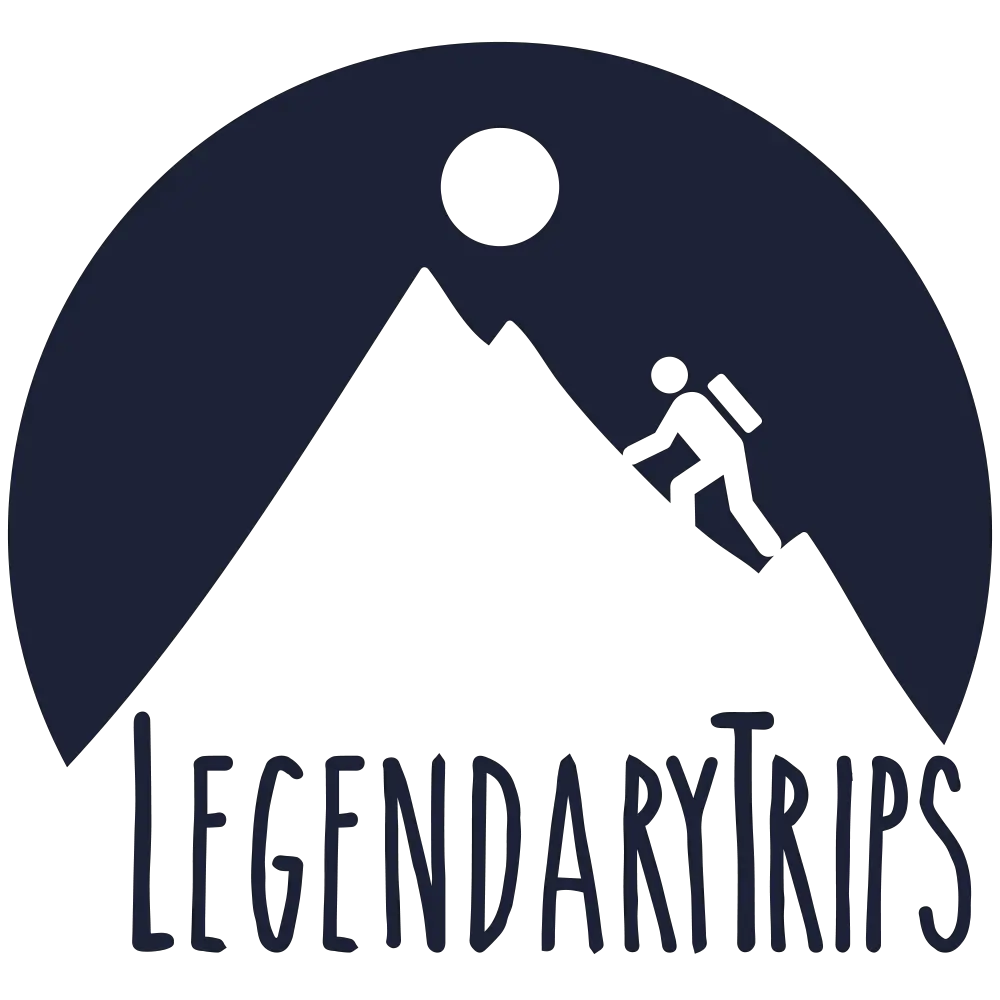
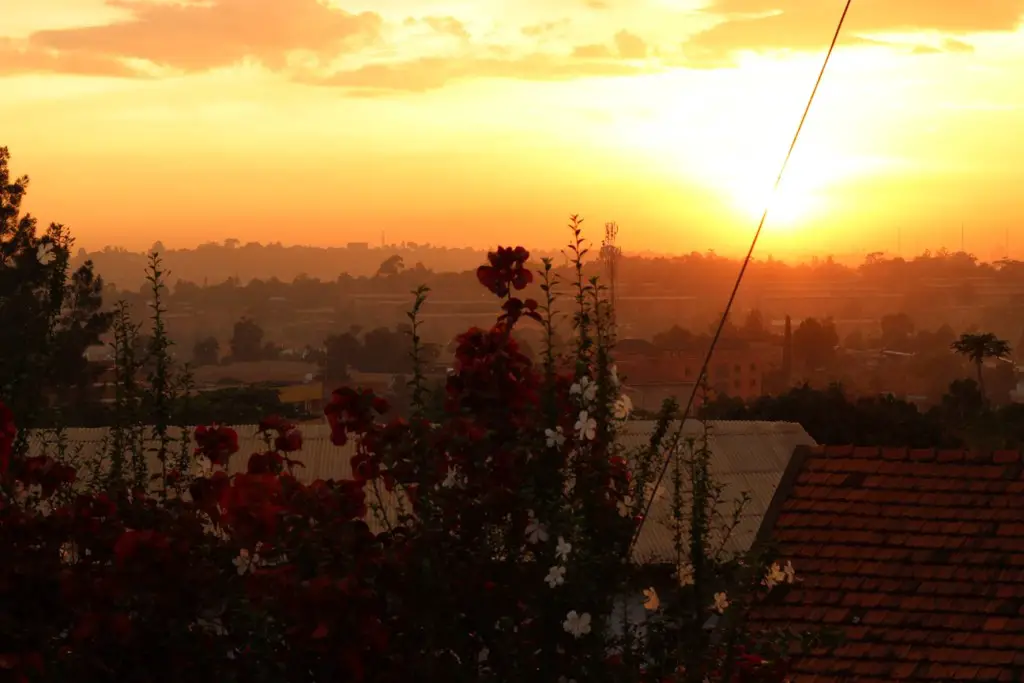
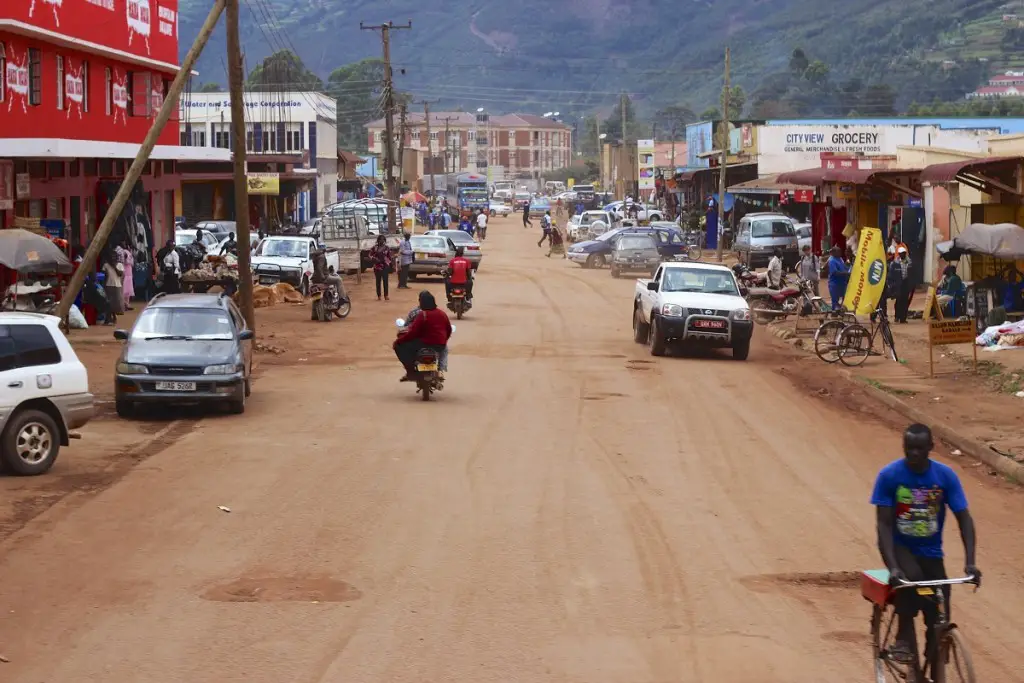
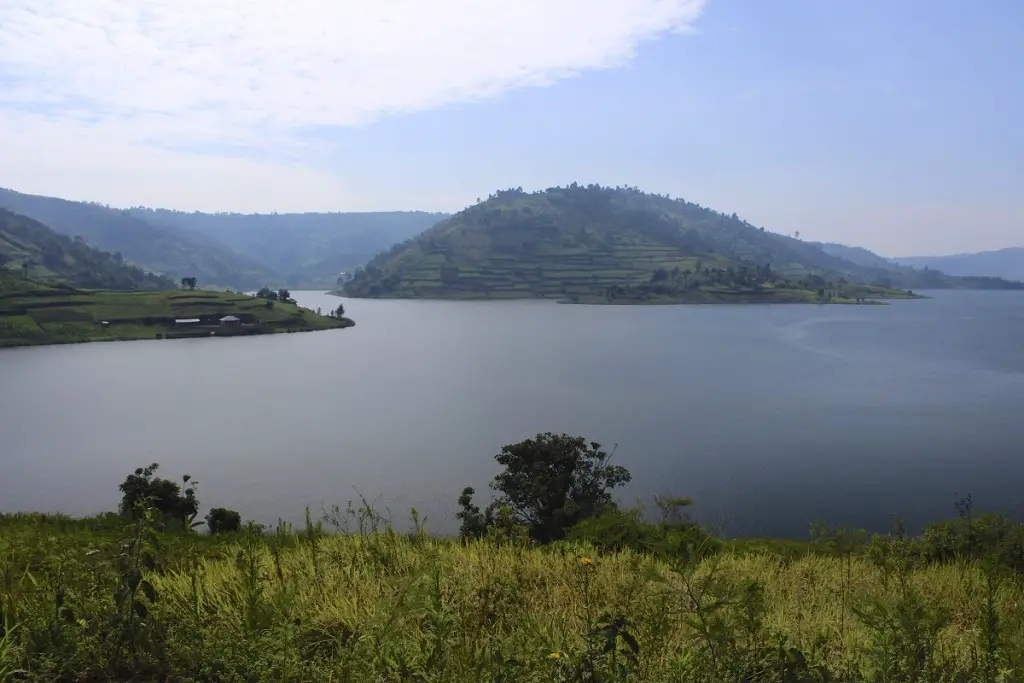
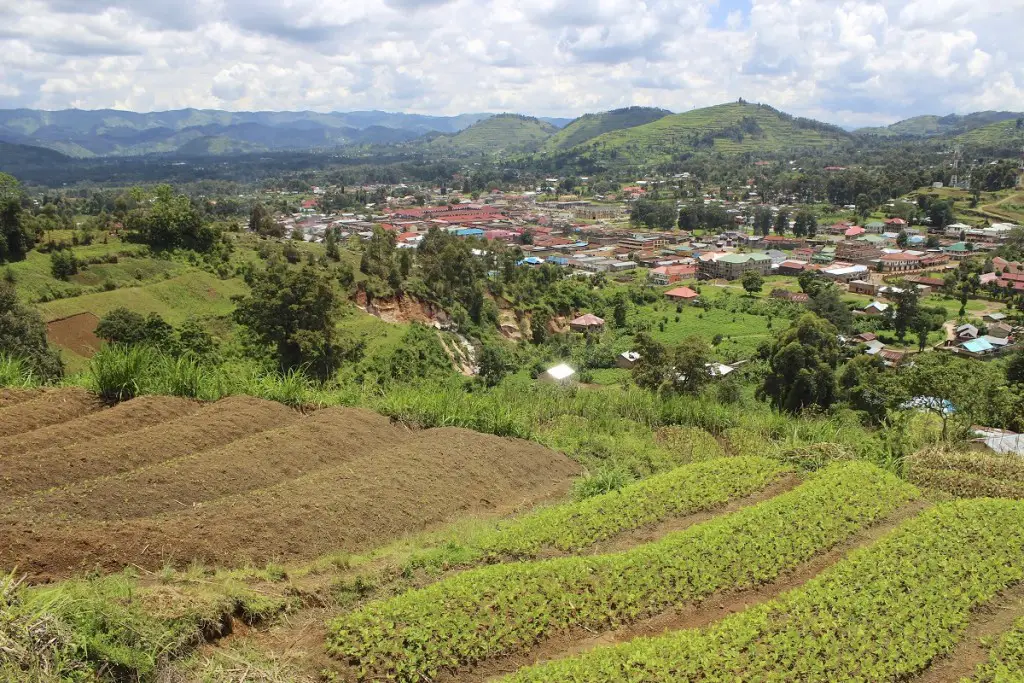
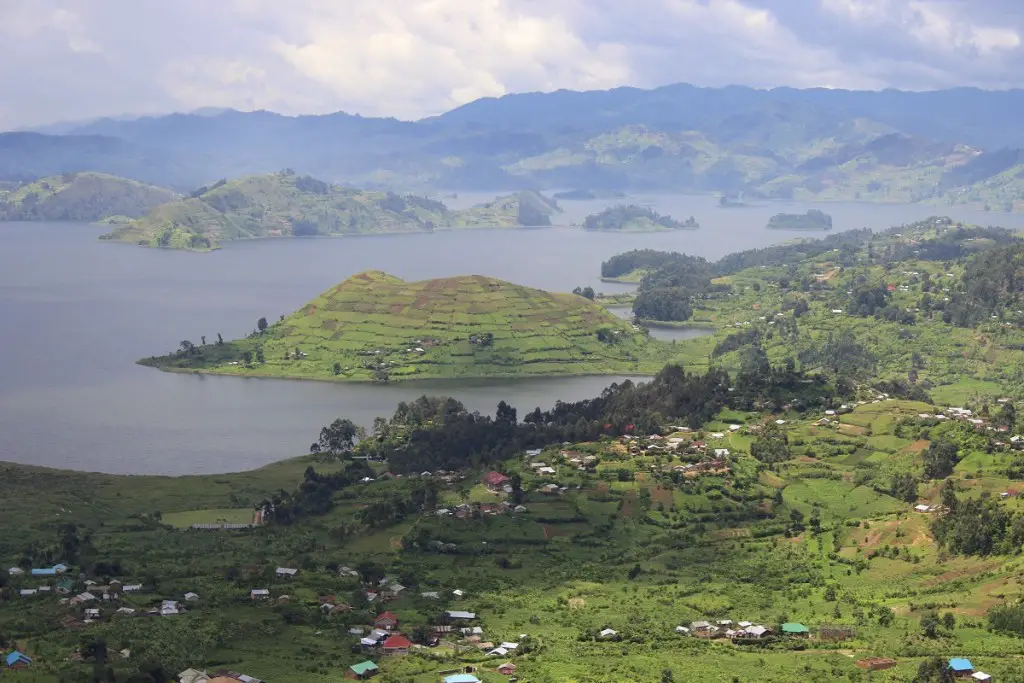


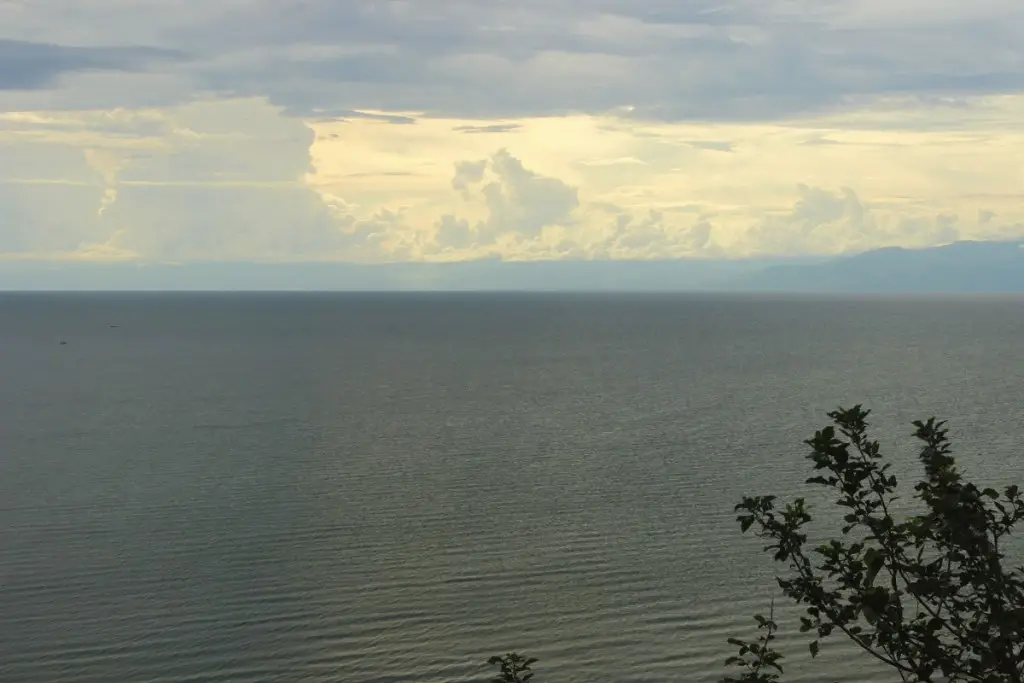
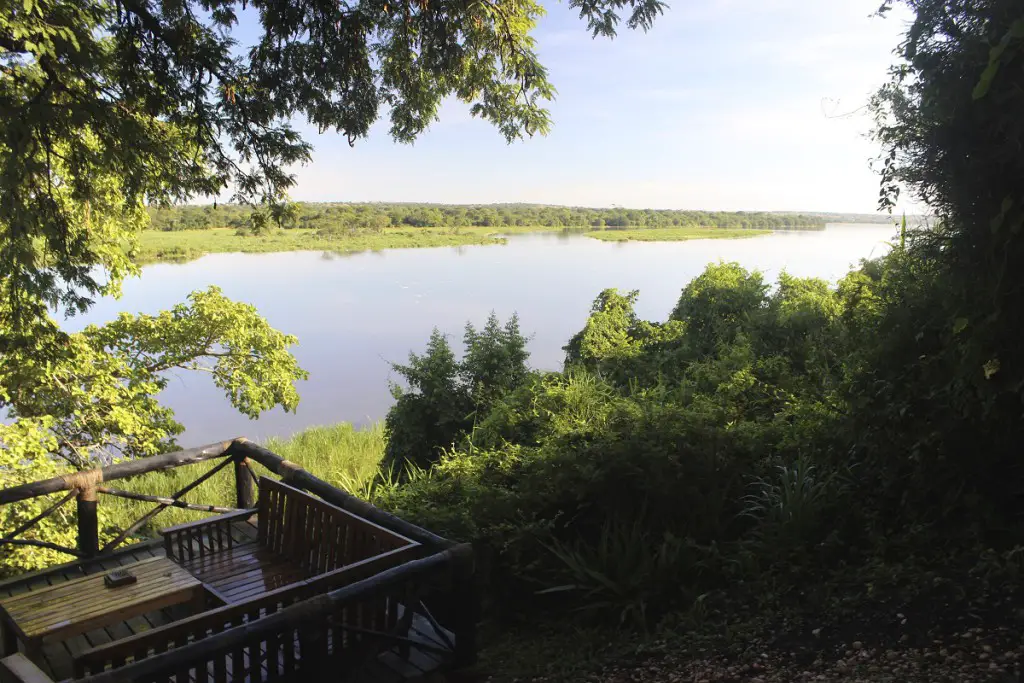
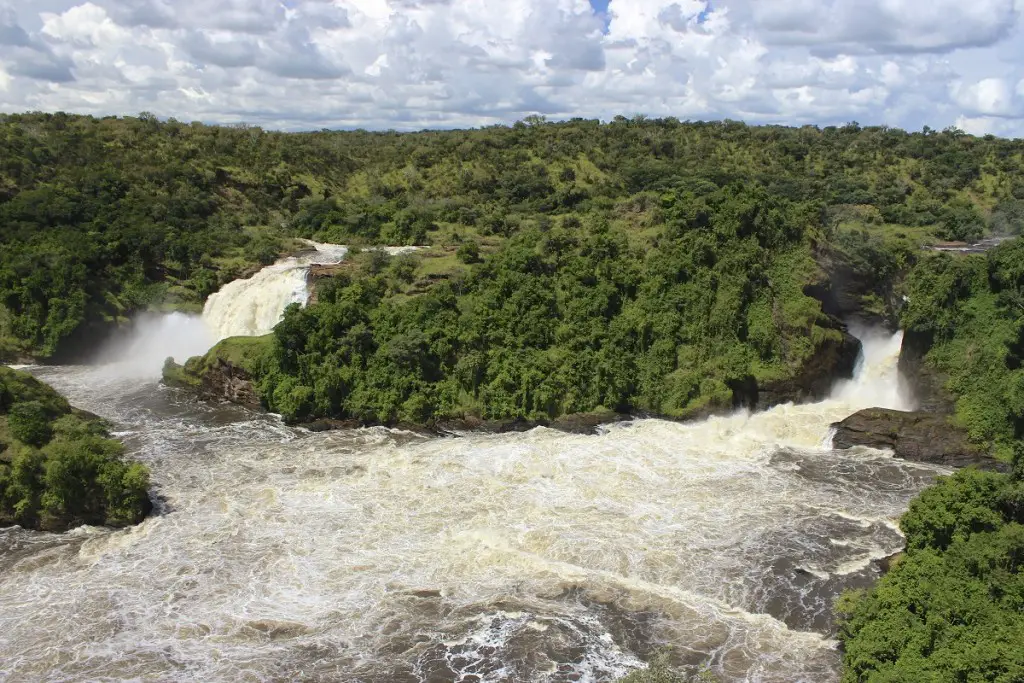
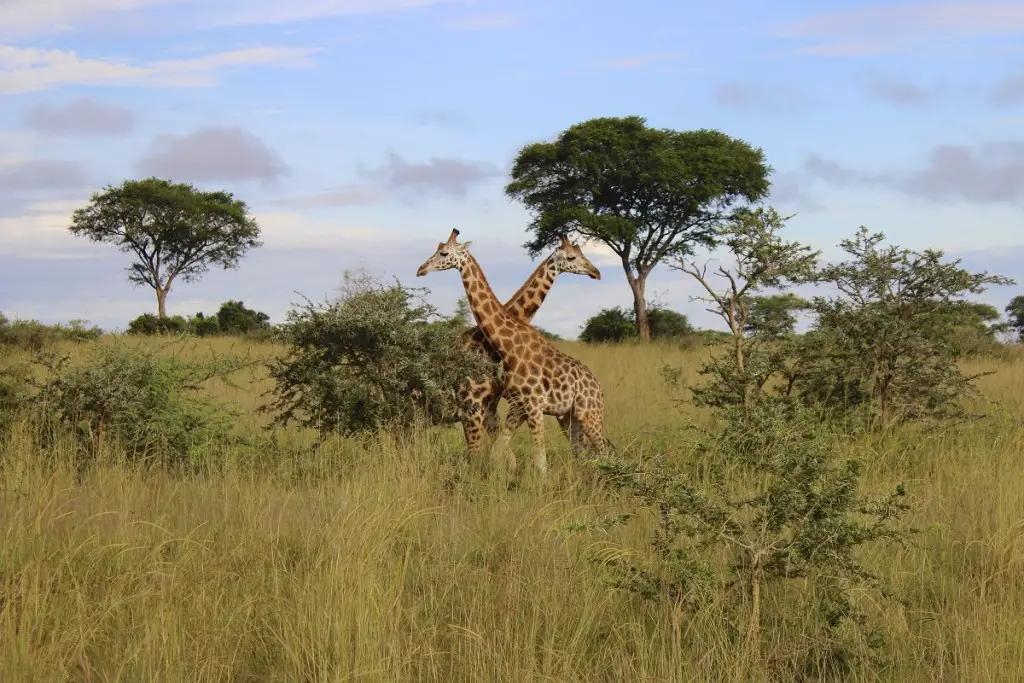
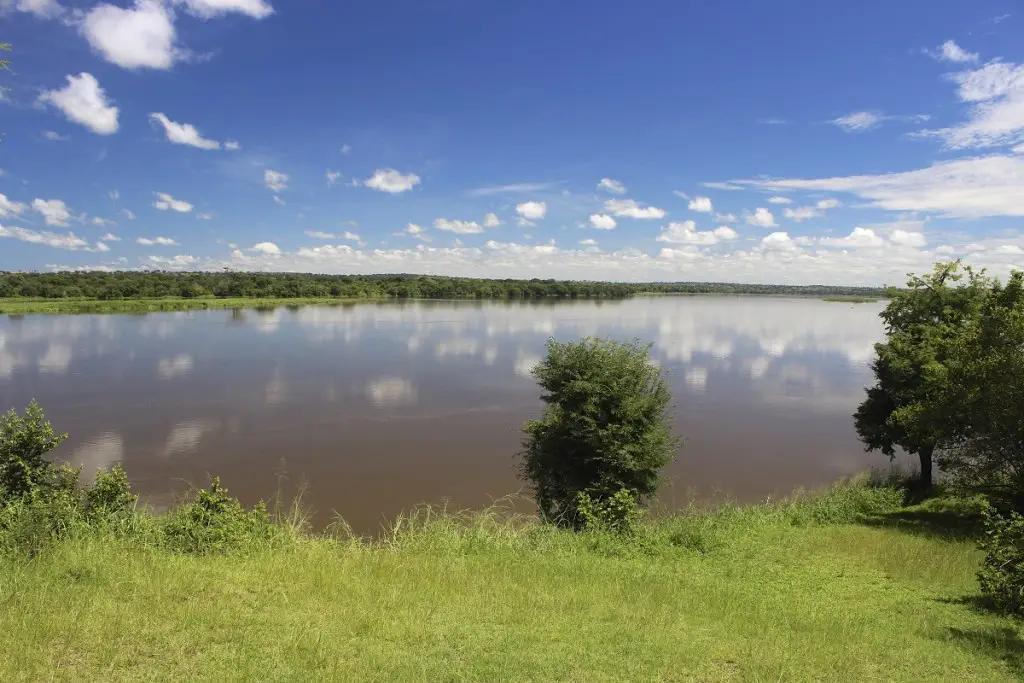
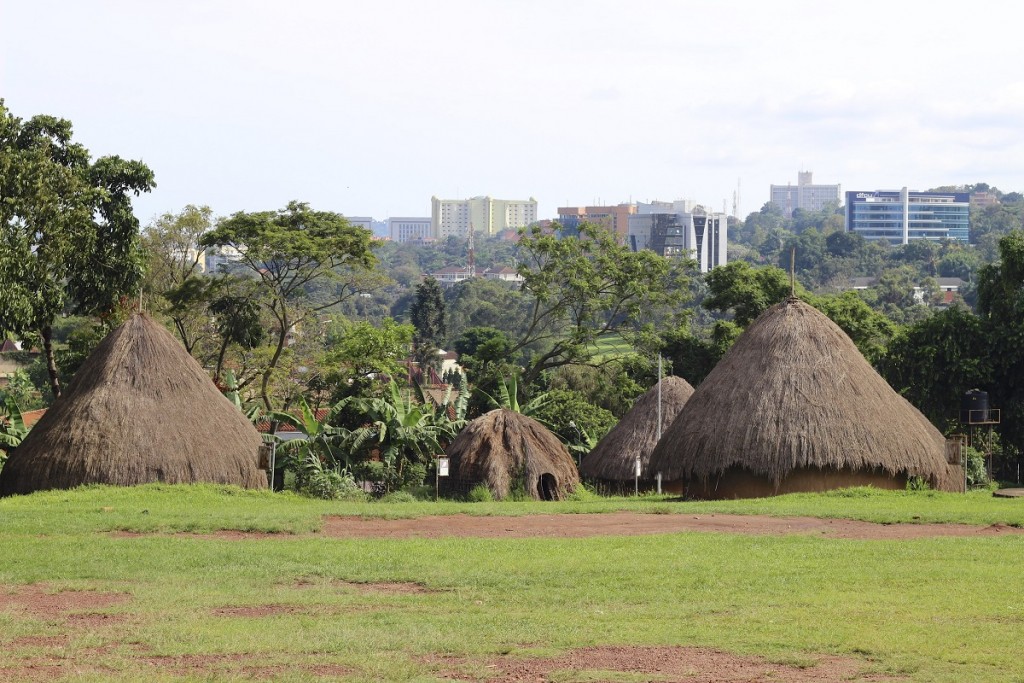
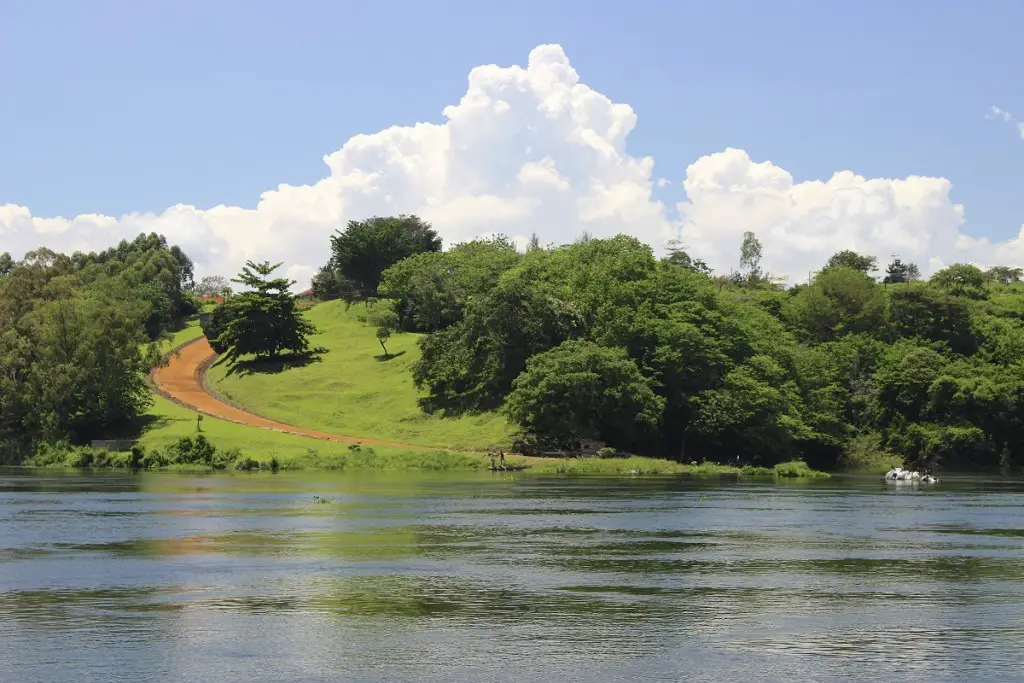
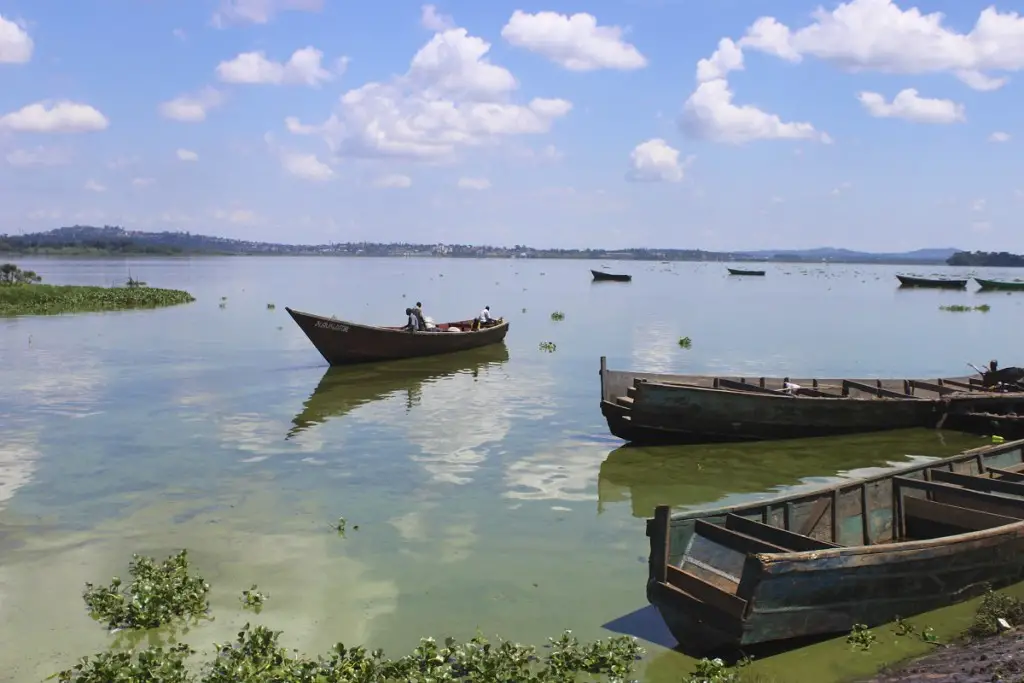
Reading through this reminds me of my earlier trips working as a driver for Hire a Car Uganda. Good memories for the visitors always. The prices shown are above changed a little after COVID.